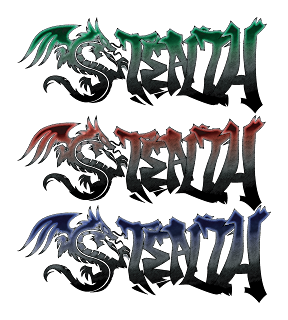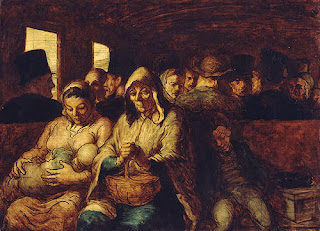Green Bar
Artist: Susan Rothenberg (American, Born 1945)
Date: 2008
My first impression about this painting was very surprising. I wasn't actually trying to feel the emotions that went through this painting, but I was surprised of how simple and strong this painting was. It shows 2 pairs of handicapped legs and a arm. The first pair of legs set in the middle of this piece shows tire marks at the top as if it had been run over by a car. You can also see two hands at the top-right corner trying to assemble these parts back together. I also noticed that there are a lot of negative space throughout this painting. This could represent that there aren't many people who are disabled, considering there are only two pairs of legs.
Bitches Brew
Artist: Jutta Koether (German, Born 1958)
Date: 2010
Medium: Synthetic polymer paint on canvas, applied materials, and liquid glass
This painting also had a great impression but took me a few seconds to understand it. This painting shows a cup, or pot-like object holding a series of make-up products and girl necessities. This painting exaggerates a cluttered, messy feel of make-up, and other beauty products. I saw this as woman's face made up of useless make-up. Despite the painting's name, this piece delivers a great message.
Presentation
Artist: Dana Schutz (American, born 1976)
Date: 2005
Medium: Oil on canvas
Dimensions: 10 x 14' (304.8 x 426.7 cm)
The scene of this painting that expresses is a badly injured man being watched by a series of people. What first came to mind was how in medieval times, a criminal would be publicly executed for a crime. The injured man in this painting seems embarrassed having his weak body shown in front of many people. I felt as sorry for this man, but I also curious of why these people would decide to see this man in pain.
The scene of this painting that expresses is a badly injured man being watched by a series of people. What first came to mind was how in medieval times, a criminal would be publicly executed for a crime. The injured man in this painting seems embarrassed having his weak body shown in front of many people. I felt as sorry for this man, but I also curious of why these people would decide to see this man in pain.








.png)





.png)





